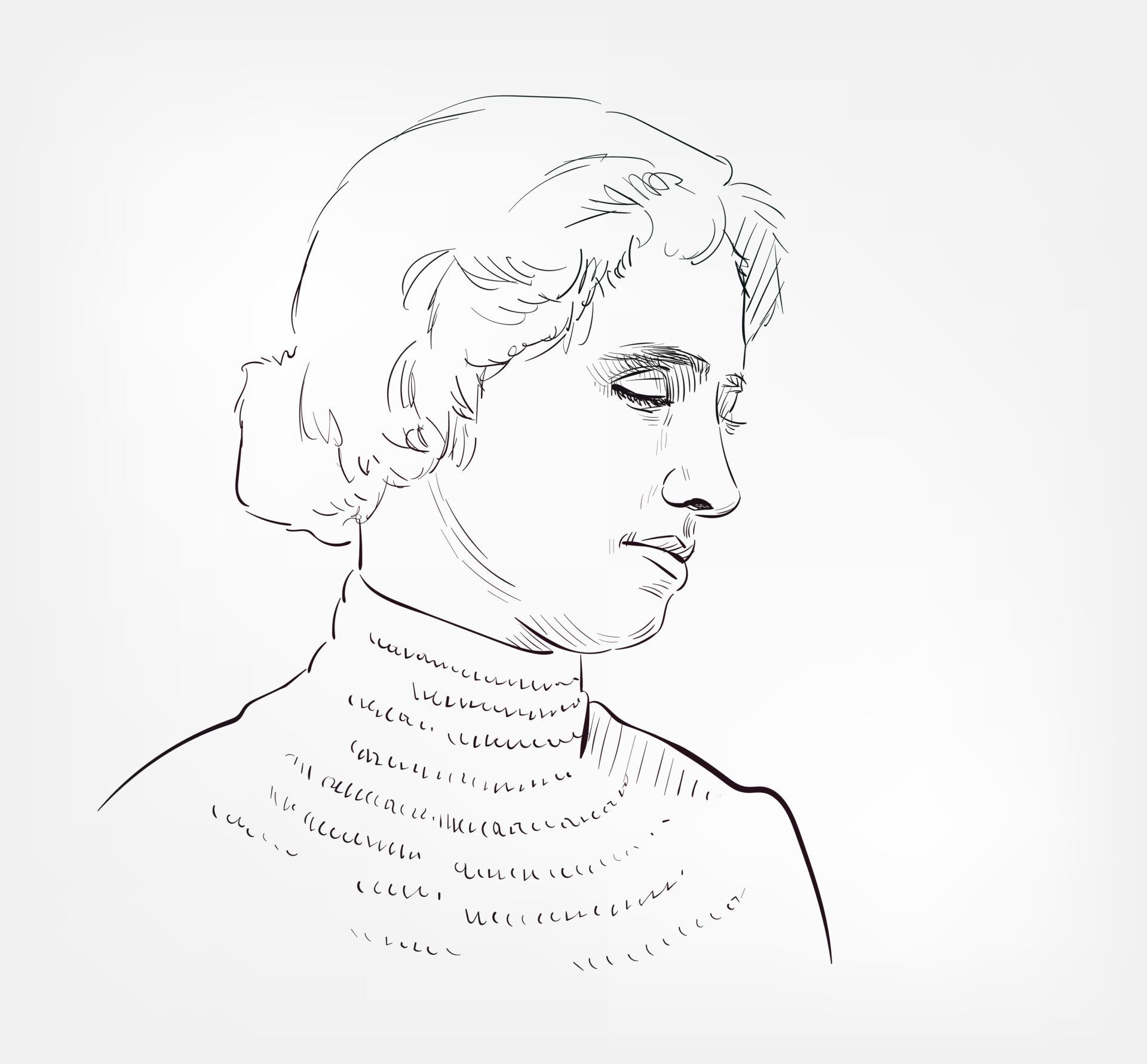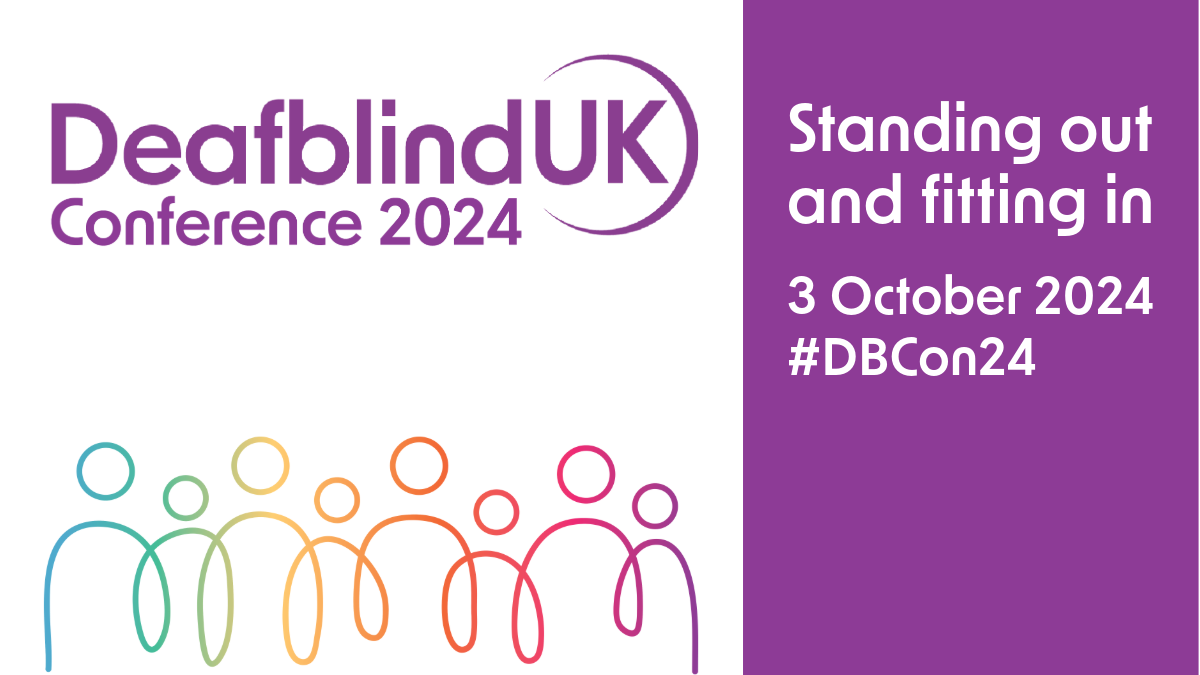Who was Helen Keller?

The theme for International Women’s Day 2023 is embrace equity to create an inclusive world.
You can celebrate with us by discovering the life and story of Helen Keller, a disability rights advocate who changed the world for people who are deafblind.
Who was Helen Keller?
Helen Keller was an American author, activist, and disability rights advocate – and one of the most well-known deafblind people in history.
She was born in 1880 and died in 1968.
She lost her sight and hearing at a young age and grew up deafblind.
What is Helen Keller famous for?
Helen Keller was an activist who campaigned for the rights of people with disabilities. She travelled the world to raise awareness of sight and hearing health, and gave lectures on women’s rights, social politics, and war.
Helen was an incredibly driven woman who walked her own path in a time when women had less rights than they do today. For example, when she was born, women didn’t have the right to vote – and they wouldn’t get it until the 1920’s.
Without Helen’s work, the world would be a very different place for people who are deafblind.
How did Helen Keller talk to people?
Helen became deafblind when she was only 19 months old. At first, she developed her own sign language to talk to her family. She could also recognise her family based on the vibration of their footsteps. Helen described her deafblindness as living “at sea in a dense fog”.
As a child, Helen went to the Perkins School for the Blind and met her teacher, Anne Sullivan. Anne began to spell words into Helen’s hands and slowly, she started to associate objects with words. Helen was determined to communicate as conventionally as possible and incredibly, she learned to speak. She listened to other people talk by putting her hands on their lips and throat to identify the movements. This is called the tadoma method.
Facts about Helen Keller
Helen Keller achieved extraordinary things, both in her own education and in her legacy to other people living with sight and hearing loss.
Here are a few of the things she achieved:
- She went to Radcliffe College at Harvard University and was the first person with deafblindness to earn a Bachelor of Arts degree.
- Helen loved to write – she wrote 14 books and hundreds of essays!
- In 1907 Helen wrote an article which encouraged midwives to wash the eyes of new-born babies, to help protect their sight and reduce preventable cases of sight loss in babies.
- In 1915, she co-founded Helen Keller International – an organisation which still exists today and gives life-changing healthcare to vulnerable families.
- In 1952, Helen visited the Mideast and advocated for the rights of people with disabilities. Thanks to her work, the Egyptian Minister of Education promised to create secondary schools for the blind.
- Deafblind Awareness Week coincides with her birthday, in honour of her contributions to the lives of people who are deafblind around the world.
If you’d like to learn more about Helen Keller, check out her autobiography – The Story of My Life.
How you can embrace equity this International Women’s Day 2023
You can make the world more inclusive for people who are deafblind as part of your everyday life.
Here are some of the ways you can make a difference:
Recognise the red and white cane
If someone is using a red and white cane, it means they have both sight and hearing loss. If you notice someone using one, remember that they might need a bit more time to do things, such as crossing the road safely.
Add alt text and captions to your social media posts
Are your social media posts inclusive? Whether you love a good Instagram reel or prefer tweeting, and you can make your posts inclusive of people with low vision or hearing loss in just a few moments.
When you’re posting a reel with a voiceover, you can add captions automatically with Instagram’s auto-generate option. Find out how to do it here.
If you’re posting a pic on Twitter, don’t forget to add alt text! Alt text means that people who use screen readers can enjoy your images. All you need to do is describe the image clearly, as though you were talking to a friend next to you.
Learn how to use clear speech
Many people who are deafblind use clear speech. Clear speech is way of communicating that makes the most of both sight and hearing. Read this short article to get to grips with clear speech.
Let’s keep in touch!
Join our mailing list and we will keep you up to date about our projects and opportunities to get involved with Deafblind UK.
More Articles

Ian’s fundraising ‘snookerthon’ in memory of his mum who was deafblind
Remember how we always talk about getting creative with fundraising and doing it your own way? Well, meet Ian Pettey,…

School Liaison Officer Carolyn tells us about Lesson in a Box
“Ensuring that all students have a positive experience of education is vital to ensuring that everyone becomes a valuable member…

10 Reasons to attend the Deafblind UK Conference ‘Standing out and fitting in’ this October!
Over the years, our Deafblind UK conference has seen increasing popularity, showing us just how much our audience values the…
